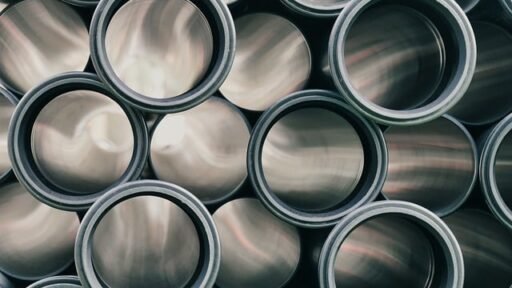## From Bakelite to Bioplastics: A Look at the Ever-Evolving World of Plastic Manufacturing
Plastic. It’s ubiquitous, versatile, and often, unfortunately, unavoidable. From the sleek smartphones in our pockets to the complex medical devices saving lives, plastics have become an indispensable part of modern life. But have you ever stopped to wonder how these materials, with their seemingly endless forms and functions, are actually made?
### ## The Birth of an Industry: Early Innovations
The story of plastic manufacturing begins in the mid-19th century, a time marked by rapid industrialization and a growing demand for new materials.
### ### The Rise of Celluloid
One of the earliest breakthroughs came in the 1860s with the development of **celluloid**, a semi-synthetic plastic derived from cellulose, a natural polymer found in plant cell walls. Invented independently by Alexander Parkes in England and John Wesley Hyatt in the United States, celluloid quickly gained popularity as a substitute for ivory, tortoiseshell, and other expensive natural materials.

*Early celluloid products, like these dolls, showcased the material’s ability to mimic ivory.*
Celluloid’s malleability and affordability opened up a world of possibilities, paving the way for mass-produced combs, jewelry, toys, and even early photographic films. However, celluloid also had its drawbacks. It was highly flammable, posing a significant fire risk, and its reliance on cellulose, a natural resource, limited its production potential.
### ### Bakelite: Ushering in the Age of Synthetic Polymers
The early 20th century witnessed a pivotal shift in plastic manufacturing with the advent of **Bakelite**, the first truly synthetic plastic. Invented in 1907 by Belgian-American chemist Leo Baekeland, Bakelite was created by combining phenol and formaldehyde, readily available byproducts of the coal tar industry.

*Bakelite’s durability and heat resistance made it ideal for a wide range of products, from telephones to radios.*
Unlike celluloid, Bakelite was heat-resistant, non-conductive, and could be molded into intricate shapes, making it ideal for a wide range of applications. From telephones and radios to kitchenware and jewelry, Bakelite quickly became synonymous with modernity and technological advancement.
### ## The Polymer Revolution: Expanding the Plastic Palette
The success of Bakelite spurred further research into synthetic polymers, leading to







